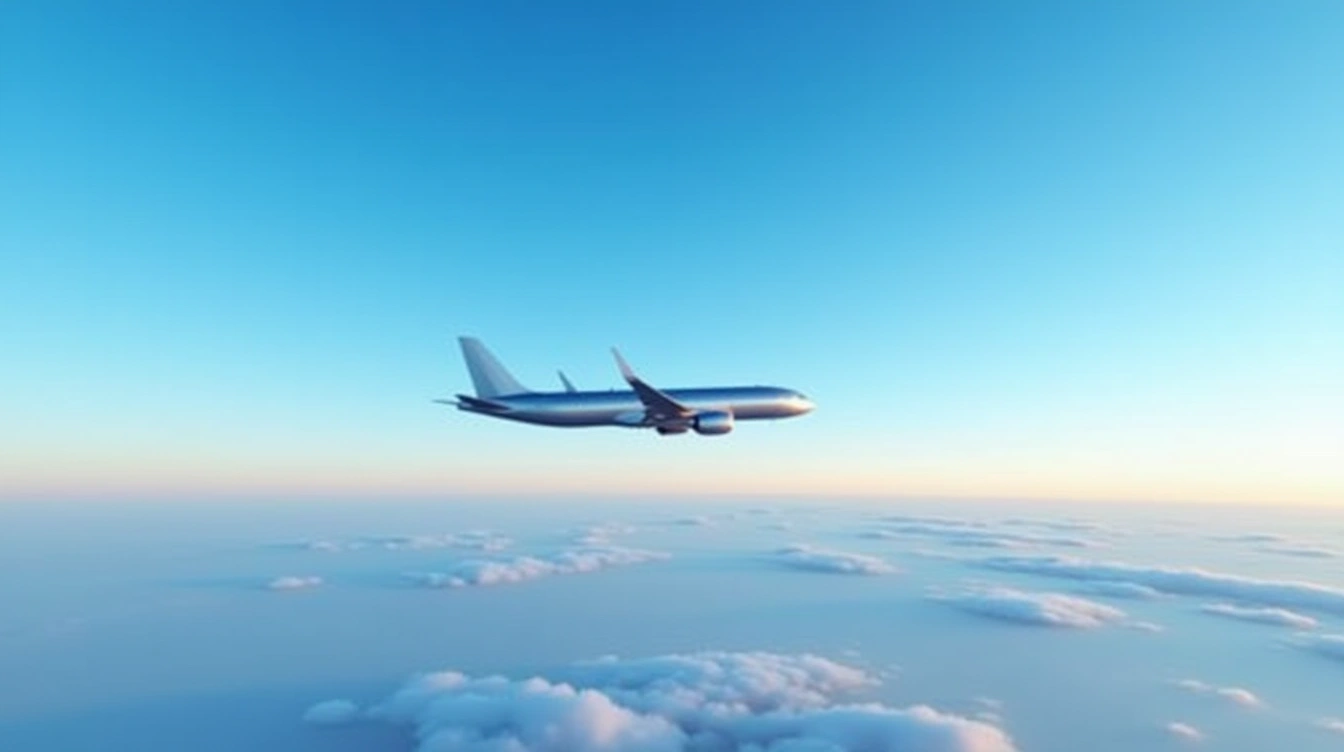Fear of flying affects millions, often intensifying during major life changes. Its causes vary—from media influence to related phobias—and symptoms can disrupt daily life. Understanding aerophobia’s psychological and physical effects opens the door to effective treatments like cognitive behavioral therapy and exposure techniques. With the right support, overcoming this common anxiety becomes an achievable goal for many.
Understanding Aerophobia: Definition and Overview
Learning how to conquer aerophobia, the fear of flying, effectively begins with identifying it as a specific phobia affecting millions worldwide. It manifests through symptoms like rapid heartbeat, sweating, dizziness, and intense anxiety during flights. Prevalence is highest among 17 to 34-year-olds, often linked to major life events that amplify fears of safety or loss of control.
In parallel : What Are the Psychological Benefits of Regular Physical Activity for Adolescents with Depression?
Common triggers include turbulence, media reports of crashes, claustrophobia, or fear of terrorism. Many individuals also experience avoidance behaviors, such as refusing to fly or obsessively checking security procedures. These symptoms can interfere significantly with personal and professional life.
Diagnosis relies on clinical interviews, emphasizing the duration and impact of symptoms—typically over six months. Effective treatments involve cognitive-behavioral therapy (CBT), exposure techniques, relaxation exercises, and sometimes medication for acute anxiety episodes. Understanding these aspects helps in learning how to conquer aerophobia, the fear of flying, effectively, enabling sufferers to regain confidence and enjoy travel again.
In parallel : Can Early Cognitive Rehabilitation Techniques Improve Recovery Outcomes After a Traumatic Brain Injury?
You can view more details on this page about learn how to conquer aerophobia fear of flying effectively.
Causes, Symptoms, and Impact of Fear of Flying
Psychological and Physiological Factors
At the core of flight phobia are both psychological and physiological causes. Media stories, trauma, or personal aerophobia triggers combined with related phobias—like fear of heights—are common contributors. Often, flight phobia stems from discomfort caused by a lack of control or claustrophobic surroundings. Fear of turbulence strongly magnifies psychological flight fear, with brain activity changing as stress hormones surge during flight.
Recognizable fear of flying symptoms include sweating, trembling, shortness of breath, and a racing heart. Many experience panic attacks during flights, producing symptoms ranging from nausea to a desperate urge to escape. These anxiety reactions during flying are worsened by worrying about potential in-flight scenarios or unfamiliar noises.
Impact on Personal and Professional Life
Flight phobia causes ripple effects in everyday decisions. Avoidance and flying anxiety can lead to missed family events or career changes, with some refusing promotions if travel is required. Persistent struggles with air travel anxiety management may provoke embarrassment, relationship strain, or social withdrawal.
The emotional toll can be severe, as the fear of flying’s impact on travel plans limits adventures, induces helplessness, and fuels further flying dread. Individuals may develop unhealthy coping strategies for flight fear, opting out of experiences to prevent distress.
Diagnosis and Assessment
Professionals use a flying phobia symptoms checklist and a structured fear of flying questionnaire to distinguish flight phobia causes and assess their seriousness. Diagnosis relies on symptom duration and functional impact—there’s no lab test. Persistent fear of flying symptoms, avoidance behaviors, and the effect on daily life are central to clinical criteria, ensuring treatment focuses on true need and effective fear of flying therapy options.
Treatment and Management Strategies for Fear of Flying
Cognitive Behavioral Therapy (CBT) leads among fear of flying treatment options, focusing on transforming negative thought patterns and maladaptive behaviors associated with flight phobia. By addressing cognitive distortions and providing accurate information about aviation safety, CBT guides individuals in overcoming flying anxiety, especially when dealing with panic attacks during flights or travel anxiety. Techniques such as structured thought-challenging exercises and in-session role-playing allow patients to practice healthier responses to aerophobia triggers and, in turn, manage symptoms during flights.
Exposure therapy for flights is another core strategy for air travel anxiety management. Through gradual, repeated confrontation with flight-related stimuli, such as virtual reality flight exposure or real-world airport visits, clients incrementally reduce flying anxiety. This helps override the automatic fear response and supports lasting coping with flight fear.
Supplementary relaxation techniques for flights play a vital role in immediate flying anxiety relief. These include controlled breathing exercises for flight fear, progressive muscle relaxation, and grounding exercises to reduce physiological arousal—helpful for managing in-flight anxiety in both adults and children. Adopting these methods can help individuals learn how to stop fear of flying and better control physical anxiety symptoms in stressful flight situations.
Understanding Fear of Flying Symptoms and Triggers
Fear of flying symptoms present in both physical and psychological forms, varying from mild unease to severe panic attacks during flights. Notable signs include sweating, trembling, shortness of breath, racing heart, and an upset stomach. Many experience excessive worry before boarding, travel avoidance, or develop routines to ease flying anxiety. These reactions disrupt travel plans, professional life, and even relationships.
Panic attacks during flights are common among those with flight phobia rooted in feelings of being trapped, loss of control, or fear of turbulence. Claustrophobia, fear of heights, and past media coverage of aviation incidents often act as potent aerophobia triggers. Sometimes, even airports or takeoff sounds lead to flying anxiety for days ahead.
The flying anxiety symptoms checklist usually identifies anticipatory dread, insomnia before travel, irritability at airports, and hypervigilance during takeoff or turbulence. Symptoms often overlap with other anxieties, complicating diagnosis.
Understanding flight phobia causes—be it traumatic events, genetics, or media reports—lays the foundation for overcoming flying anxiety. Early recognition of physical and mental signs is pivotal for seeking flying anxiety relief techniques and successful coping with flight fear. Recognizing triggers allows for the implementation of practical air travel anxiety management strategies.










